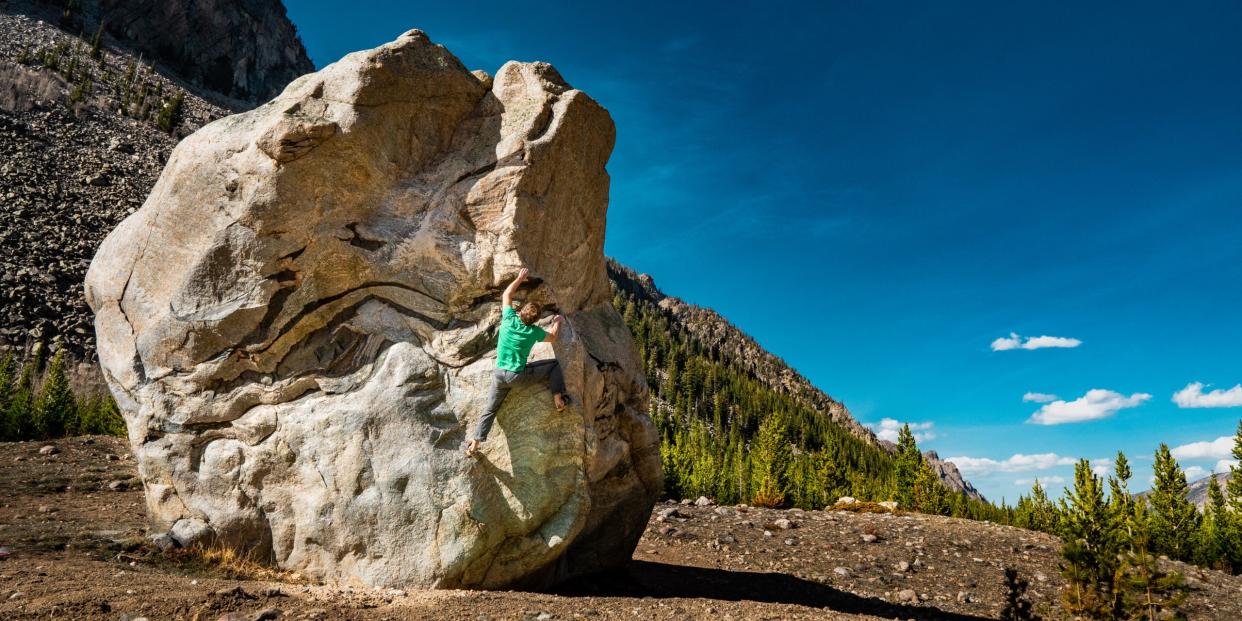Talking to Rocks Again? That’s Probably a Good Thing.

This article originally appeared on Climbing
Animacy
Noun. A quality of agency (the ability to affect the world), mobility (the ability to move), or sentience (the ability to feel).
Objecthood
Noun. The cold and rightless opposite of animacy.
*
As climbers we name rocks. We caress and clean them. We memorize their features and dream about moving on them. We speak about them doing stuff to us, refusing us, teaching us. How many of us have dialogues with stone? "Please," we whisper, "let me in." Yet if I asked you whether rocks are animate, what would you say?
Try this: arrange the following items--backpack, dog, human, rock, river--from least to most animate.
Most English language readers produce a similar ordering. The backpack or rock are on the bottom. The human is at the top. This is because logics and hierarchies of animacy are often couched in language. In English, objects are it; persons are he, she, or they. And when sentient beings are nonetheless referred to as things, it indicates their lower position on the speaker's animacy hierarchy, which is why the act of equating a human with an object (objectification) is a key mechanism of insult. To call someone a dog, or a tool, or a bump on a log is insulting--even if jokingly so--because it suggests a sub-human level of animacy. De-animation, encouraged by language, facilitates the violence of insult, prejudice, and even genocide. Someone is worth more than something.
For exclusive access to all of our fitness, gear, adventure, and travel stories, plus discounts on trips, events, and gear, sign up for Outside+ today.